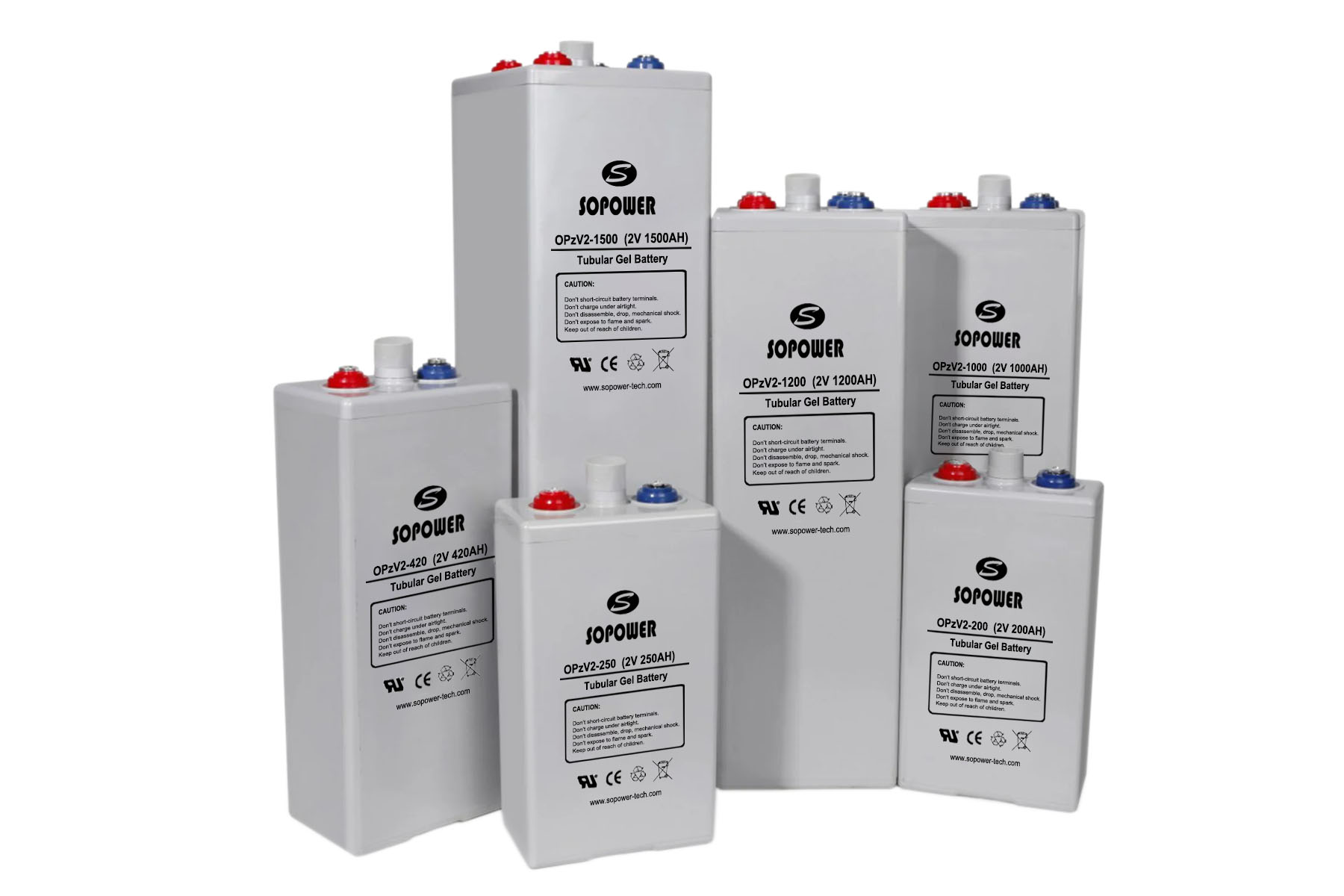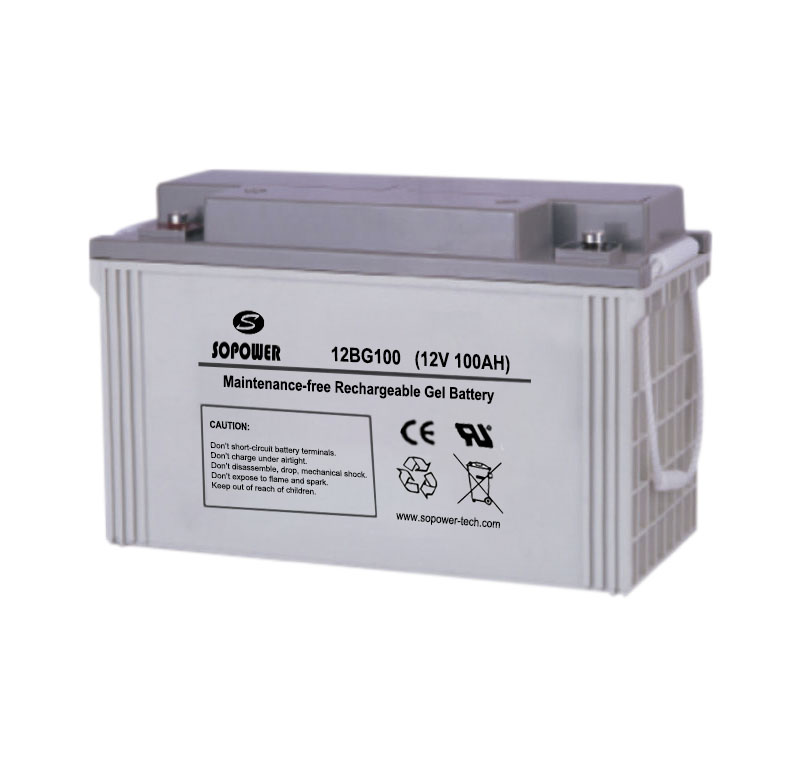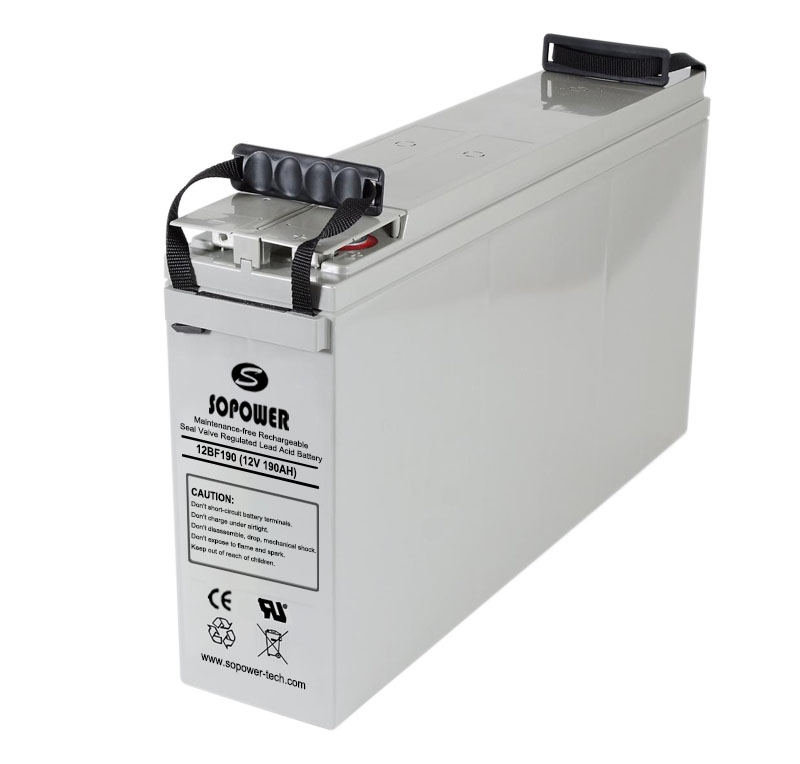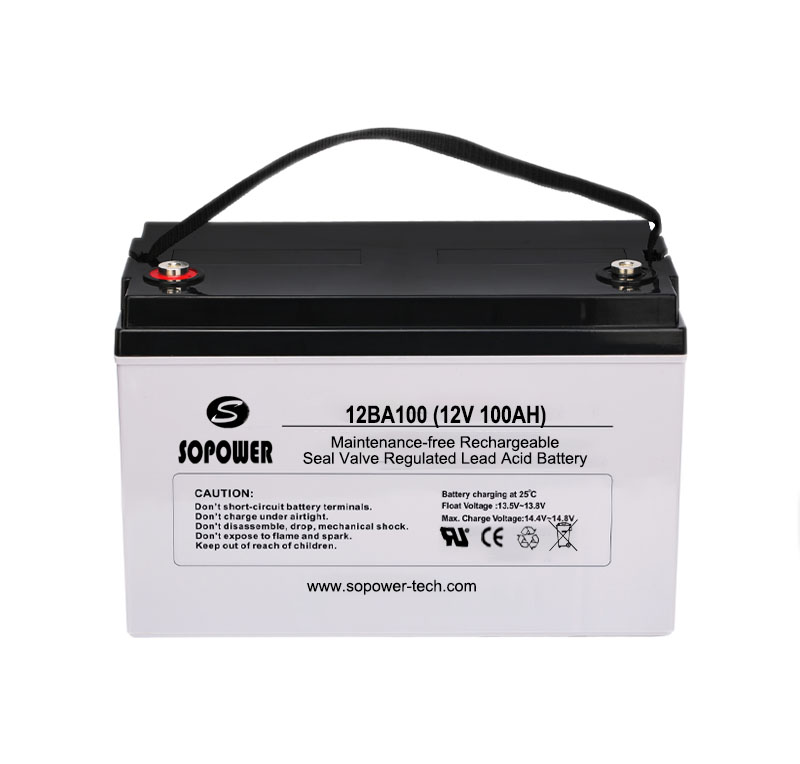Source: PV-Magazine Date: 15. JANUARY 2014

Investment firms, financiers and energy companies around the globe are introducing innovative new funding vehicles aimed at renewable energy investment.
Recent financing innovations for solar PV and other sustainable projects show a clear trend for new funding models, tools and practices that are propelling the renewable energies sector into the mainstream.
Financing and investment firms are also integrating climate change into new financial products. The following three cases from both sides of the Pond exemplify the trend.
United States
Annapolis, Maryland-based firm Hannon Armstrong Sustainable Infrastructure Capital Inc. (HASI) announced last month that it had completed the sale of $100 million of its first series of asset-backed Sustainable Yield Bonds (HASI SYBs).
The transaction, Hannon Armstrong said, securitizes the cash flows generated by more than 100 individual wind, solar and energy efficiency installations, all with investment grade obligors.
The company has not publicly disclosed information regarding the projects, e.g., whether these are projects under construction or in operation. However, Amanda Cimaglia, corporate communications manager at Hannon Armstrong, said that they "are all existing projects that we have financed, not projects to be identified in the future."
Cimaglia added that Hannon Armstrong had already provided the debt to the individual projects, therefore the company is using the investments to securitize the projects and that Hannon Armstrong will also "use the proceeds to make additional investments in additional sustainable infrastructure projects to be identified."
However, the most interesting part of the bond issuance is the financial innovation it represents. The idea behind this type of bonds is that the issuer estimates the climate change related greenhouse gas impact per bond. Hannon Armstrong has estimated that its first series of Sustainable Yield Bonds has an annual greenhouse gas emissions reduction of 0.61 metric tons per $1,000 bond. This corresponds to 6,1036 tons of offset greenhouse gases per year for the whole $100 million bond issue, the equivalent of taking approximately 12,700 cars off the road.
Cimaglia said that by disclosing the estimated annual reduction in greenhouse gas emissions per $1,000 bond, Hannon Armstrong believes it "is the first issuer to disclose the environmental impact of the projects. We hope that future issuers will also follow our lead in disclosing a defined metric of environmental impact similar to what we are reporting in our SYBs." This transparency, she added, "will help investors understand how 'green' their investments are."
Sean Kidney, CEO of Climate Bonds Initiative, a non-profit working to mobilize capital markets to finance climate change solutions, said that "while not all green bonds have a direct greenhouse gases impact, this rigorous attempt to estimate the greenhouse gas impact per bond is a welcome financial tool in the critical task of reducing greenhouse gas emissions."
Meanwhile, Hannon Armstrong announced on Jan. 13 that its Sustainable Yield Bonds series would be fundamentally governed by the "first-of-its-kind" principle of reporting on greenhouse gas reductions per bond that was used in the $100 million bond issue. "Investors are increasingly interested in the environmental impact of their investments and we believe the GBP [Green Bond Principles], combined with GHG [greenhouse gas] metrics, represents a concrete step in that direction," said Hannon Armstrong President and CEO Jeffrey Eckel.
France
The Hannon Armstrong SYBs are similar to the recent €1.4 billion EDF green bond issuance, which was also the first of this kind the French corporation had ever utilized.
For the inaugural issue, EDF made an innovative commitment, both in terms of project eligibility criteria and the allocation of funding. The selected projects would have to comply with the eligibility criteria defined by the Vigeo rating agency, which covers areas related to environmental and social impacts.
These criteria include civil rights and governance assessment of the projects’ country location; management of environmental impacts; protection of workers’ health and safety; promotion of responsible supplier relationship; and dialogue with local players.
Through these criteria, EDF aims to involve environmental and social conscious investors with renewable energies financing.
United Kingdom
Another interesting case of innovative sustainable financing comes from the U.K.
The Renewable Financing Company (TRFC) announced in January its first bond issue of £66 million ($108.4 million), with Independent Debt Capital Markets (IDCM) acting as sole bookrunner. The transaction was the third solar bond arranged by IDCM over the past year.
IDCM partner Jean-Christophe Oberto told pv magazine that the "transaction is the refinancing of six existing and operational FIT accredited U.K. solar parks with an aggregate output of 20.29 MW. These parks are owned by Hazel VCTs, an equity fund specialized in solar development in the U.K."
Oberto pointed out that TRFC was ready to provide construction financing as well and explained why it was such an innovative company.
IDCM's partners founded TRFC in October. The idea behind TRFC, Oberto said, grew out of the realization that the U.K.'s renewable energy sector, and especially the solar PV market, was very fragmented and therefore accessing the capital markets was an expensive exercise for renewable project developers. Thus, IDCM's partners decided to set up TRFC "recognizing that there was a need to have a financing company that could act as an aggregator to help lower the transaction costs of executing deals and thereby the costs of financing for renewable energies developers."
TRFC funds itself through the issuance of private and public securities. "Our goal," Oberto said, "is to invest up to £500 million equivalent in the next twelve months in the renewable sector across Europe."
The recent £66 million bond issue was fully subscribed and the maturity of the bonds is 21 years. IDCM managed the distribution via its own investor network, mainly institutional investors.











